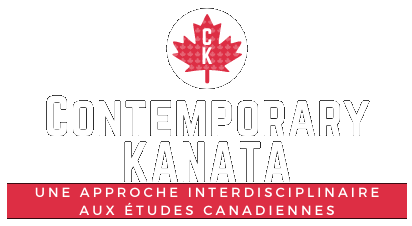
In light of Premier Doug Ford’s 2019 reconstruction of Ontario’s sex-ed curriculum, which has scrapped/limited conversations regarding masturbation, consent, gender identity and sexual orientation in elementary classrooms, conversations around 2SLGBTQIA+ youth’s safety and visibility in Ontario schools are poignant and necessary. Ford’s changes calmed the moral panic of Ontario parents sparked by Kathleen Wynne’s 2015 curriculum, which prioritized the normalization of consent and 2SLGBTQIA+ identities. Many claimed that Wynne’s curriculum sexualized children and was inappropriate for students whom adults have positioned as straight and homophobic in the classroom (Bruhm & Hurley, 2004). Most of the backlash Wynne faced—and most of the support Ford received— came from parents and educators in Ontario’s Catholic schools who claimed Wynne’s curriculum went against their constitutional right to teach the values of their faith (Pierre, 2019). When internalized shame and outward hate combine in the Catholic school system, which already lacks diversity and empathy, the classroom can become a scary place for queer children. I argue that incorporating queer stories into classroom libraries and supporting student-led Gay-Straight Alliances (GSA) can provide queer children with a safe space in an institution that otherwise works to deny and mystify their existence. Children’s books like Jessica Herthel and Jazz Jennings’ I Am Jazz, and Miriam B. Schiffer’s Stella Brings the Family can work to foster empathy, deconstruct harmful heteronormative structures and normalize queerness in the classroom to make room for Queer joy and viability in Ontario schools.